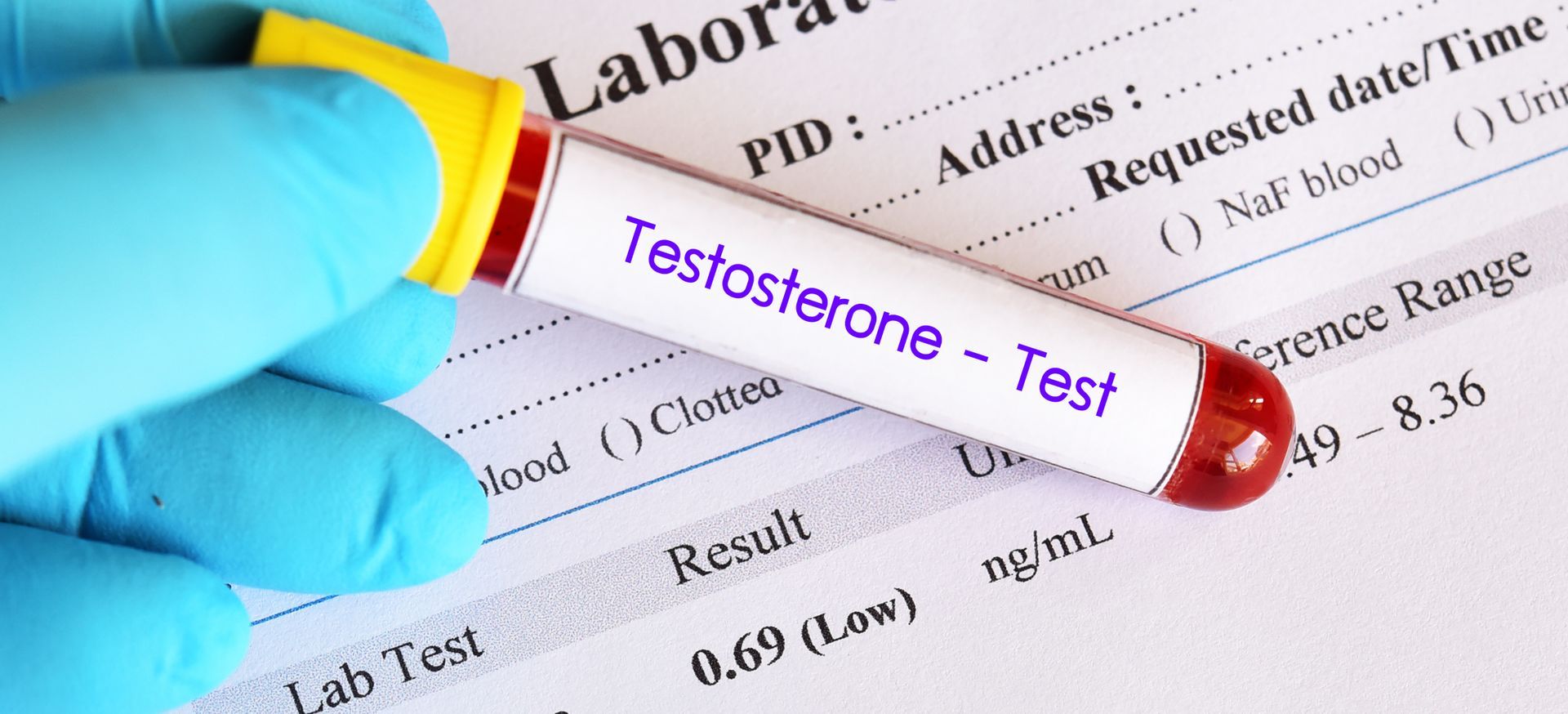Fasting has been used for centuries as a religious practice, and as it turns out, it’s been shown to be very beneficial for the whole body.

Let this sink in, according to the CDC, 1 out of 3 Americans born after the year 2000, will develop type 2 diabetes (T2DM). I have always told my patients, the greatest measure to take to prevent T2DM is to exercise regularly. More recently I have talked ad nauseam about the importance of hydration in preventing T2DM. I’ve included more info on it in the “Link Love” section in my March newsletter.
Now I want to focus on fasting as a preventive measure for type 2 diabetes. Fasting has been used for centuries as a religious practice, and as it turns out, it’s been shown to be very beneficial for the whole body. There are several different ways you can fast; however, some are better than others.
Here are a few:
- Water fasting (most commonly used in religious practice) – drinking only water during a set period of time.
- Juice fasting – drinking fruit or vegetable juice and no chewing anything. This means you don’t eat any fruit, vegetables or any food during a set period of time. I never recommend this kind of fast as there are not many long-term benefits. Additionally, for certain individuals, it can elevate blood sugar and create more issues.
- Intermittent fasting – when you eat nothing but water for a 24 hour period of time. This is done typically 2 days a week.
- Time restricted eating – is when you allow yourself to only eat in a certain time frame. You can choose an 8 hour window, for example, from 12-8 pm you would fit all your meals in. You can do this 3-7 days a week.
Yes, the latter 2 are very similar but there are some nuances that separate them. Intermittent fasting and time restricted eating is proving to be very advantageous indeed, according to a newly published article in the New England Journal of Medicine. “Intermittent fasting elicits evolutionarily conserved, adaptive cellular responses that are integrated between and within organs in a manner that improves glucose regulation, increases stress resistance, and suppresses inflammation.”
My recommendations now include time restricted eating at least 3 days a week for most of my patients. Currently I try to have my first taste at 11am and stop eating at 8pm. Research is starting to show that the longer you fast, the better, even up to 18 hours. Personally, I allow myself 1 cup of black coffee in the morning and of course drink water during my fasting hours.
In addition to time restricted eating, I just completed a 5 day fasting mimicking diet, which was created by the world-renowned researcher, Dr. Valter Longo. His work is well researched and published. “The fasting-like diet reduced body weight and body fat, lowered blood pressure, and decreased the hormone IGF-1, which has been implicated in aging and disease. A post hoc analysis replicated these results and also showed that fasting decreased BMI, glucose, triglycerides, cholesterol, and C-reactive protein (a marker for inflammation).”
In March’s newsletter I discuss my personal experience using ProLon. I hope this ignites your interest in using some of these modalities. However, please consult your healthcare practitioner before embarking on any of these changes and especially if you are a type 1 or type 2 diabetic.


















